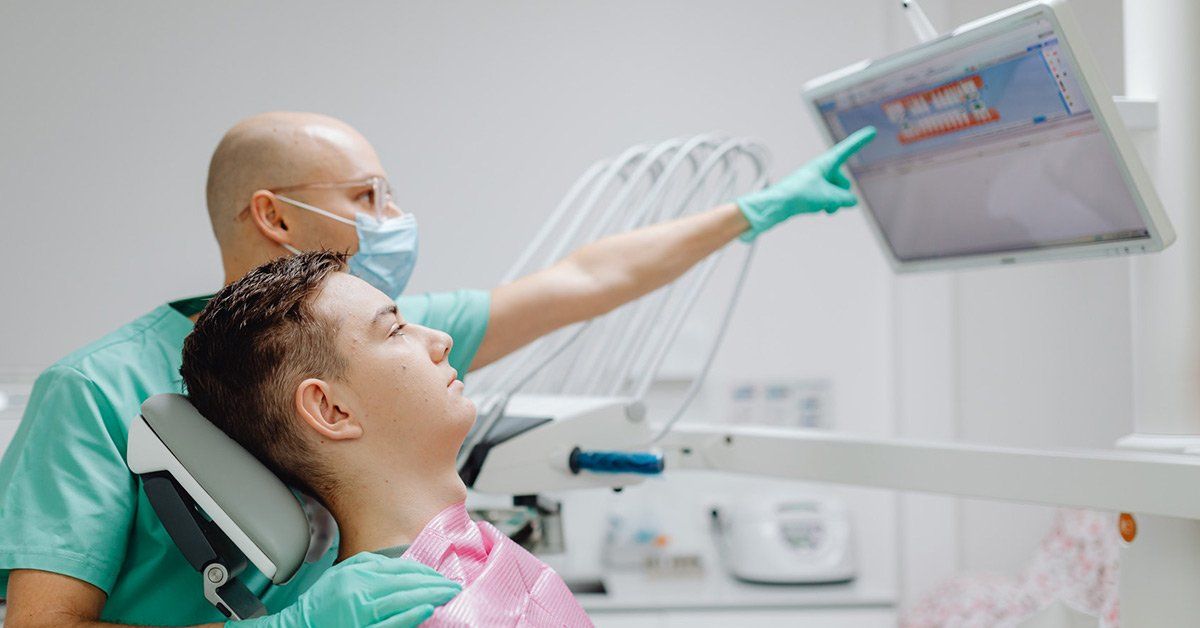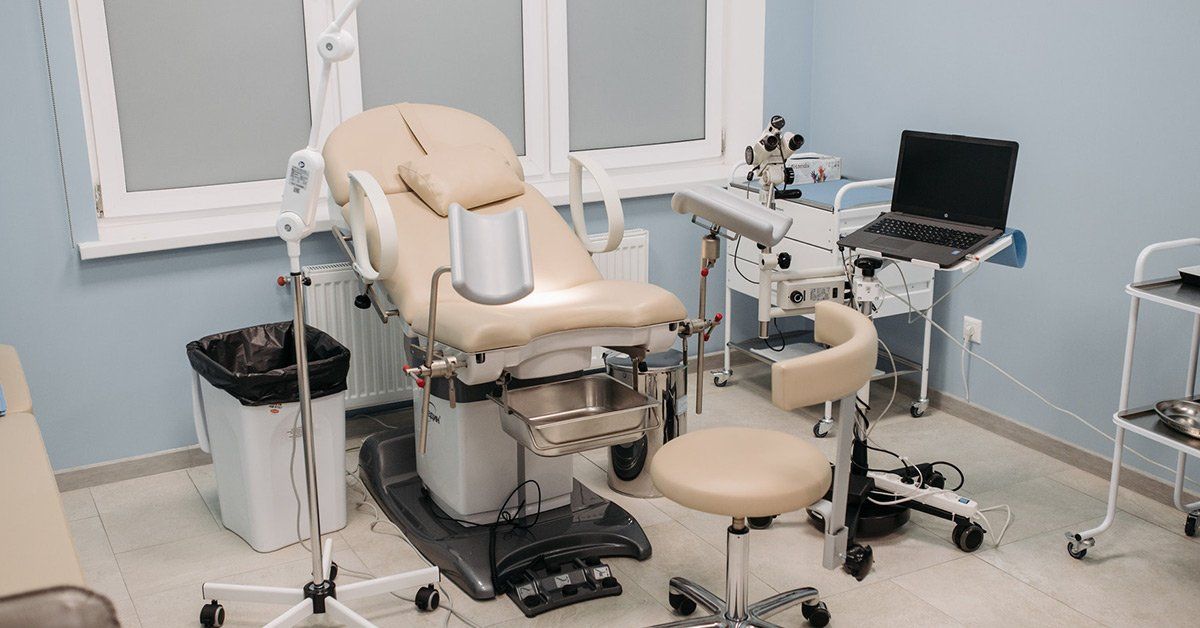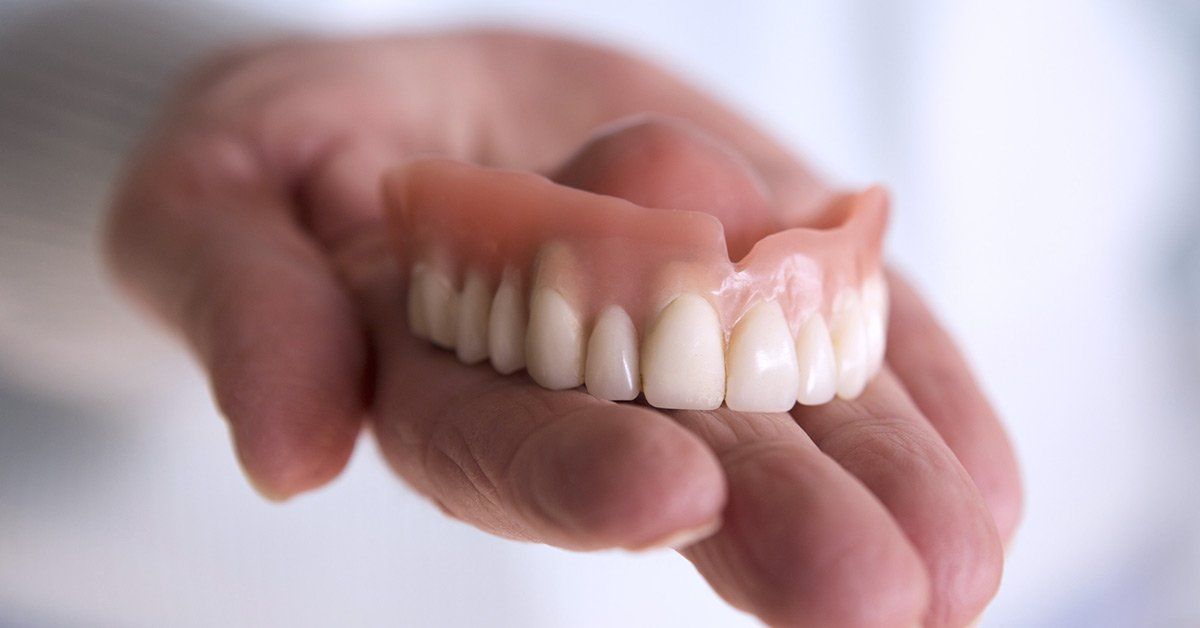Nature's Symphony
What Are the Signs You Need a Root Canal?

There are several instances where it makes sense to get a root canal. This guide breaks down the common signs you need a root canal.
Approximately 25.9% of adults aged 20-44 years old have an untreated cavity. While small cavities and minor dental pain may seem like a mild problem, they can result in tooth decay and gum infections if left untreated.
In this article, you'll learn all of the signs you need a root canal. We also discuss how the root canal treatment works and the benefits of a root canal. Continue reading if you want to avoid unnecessary dental pain and complications.
What Is a Root Canal?
At the center of each tooth is a soft area consisting of nerves and blood vessels that help the tooth grow and remain healthy. This area is referred to as the pulp of a tooth. A root canal removes the pulp entirely.
Root canal therapy is necessary when the pulp is exposed and damaged. It might become infected or otherwise inflamed, which can be painful for patients.
Signs You Need a Root Canal Treatment
The longer you wait to have a root canal treatment, the worse your condition can become. Understanding the signs you need a root canal can help you avoid any prolonged discomfort.
Damaged or Discolored Tooth
If your tooth is cracked, chipped, or otherwise damaged, you should seek dental care as soon as possible. While a chipped tooth may seem like a minor inconvenience, it can be an easy way to expose the pulp to infection.
Teeth can stain or accumulate discolored debris if not properly taken care of. However, when nerves and/or blood vessels are damaged, the tooth also changes color. If a tooth becomes dark, it's likely damaged and in need of a root canal procedure.
Sensitivity to Extreme Temperature
Tooth sensitivity is another potential symptom of a damaged tooth. This can happen as a result of pulp exposure. Since the pulp consists of nerves, the extreme temperatures feel even more intense.
If you experience discomfort while consuming something very hot or very cold, you may enjoy the benefits of a root canal. Your dentist can help rule out any other potential causes before scheduling a root canal treatment.
Tooth Decay
The formation and build-up of plaque can result in tooth decay if left untreated. Plaque starts forming on your teeth after you eat. The acid within the plaque causes cavities as it erodes the enamel of your teeth.
While cavities start out small, they gradually grow larger as the plaque eats away at the enamel. It can lead to pulp exposure and painful teeth.
Severe Pain
One of the most common signs you need a root canal is a toothache. Toothaches are not normal, even when they are minor. They are a sign that something is not healthy and needs medical attention.
The various causes of dental pain can cause different experiences. Symptoms range from a dull, throbbing pain to sudden, sharp pain. If this happens to you, seek out your dentists and see if you need a root canal in Catoosa, OK.
Swollen, Painful, or Discolored Gums
If you're experiencing any gum abnormalities, you should schedule an appointment with your dentist ASAP. Gums that are swollen, painful, and/or discolored are a sign that something is seriously wrong with your mouth.
These can be symptoms of infection and decay. They can also indicate that a tooth is damaged and/or decaying.
Root Canal Procedure
Now that you know the signs you need a root canal treatment; you should know what to expect in terms of the root canal procedure. This can help you prepare for your appointment and ask any important questions.
Where to Start
If you're experiencing any of the above signs, you need a root canal, the first thing you should do is to schedule an appointment with your dentist. They will examine your mouth for any signs of damage and infection.
This first appointment will likely only be an evaluation and possible cleaning of your teeth to accurately assess the situation. If they determine you need a root canal in Catoosa, OK, you'll need to schedule this for another day.
The Root Canal Treatment
Root canal therapy starts with the application of an anesthetic to prevent discomfort. Your dentist will likely apply a topical numbing agent on your gums before injecting a local anesthetic.
Once you're sufficiently numb, the surgeon drills a small hole through the top of your tooth to expose the pulp. Using various tools, they scrape and remove all of the pulp from your tooth and any canals in your tooth.
Finally, the tooth is disinfected and filled with a sealant for protection. You can also talk with your dental team about a strengthening crown for durability and an improved cosmetic appearance.
Recovery After a Root Canal
Once your tooth is permanently filled or capped with a crown, the recovery process only takes a day or two. If you receive temporary fillings, be sure to avoid chewing on that side of your mouth.
You'll make a follow-up appointment so your surgeon can check for any signs of remaining infection or complications.
Benefits of a Root Canal
benefits of a root canal. Besides getting rid of your dental pain, root canal therapy can also save you from a tooth extraction.
When a tooth is extracted, the jaw bone starts deteriorating since a tooth is no longer present to provide necessary stimulation. If you get to keep your tooth, you not only don't have to pay for a replacement, but you also prevent damage to your jaw bone.
How to Avoid Root Canal Treatment
If you want to avoid a root canal treatment altogether, you need to pay close attention to your teeth and schedule routine dentist appointments. Routine visits help catch any possible problems early before they become serious and expensive to repair.
By paying close attention to any changes or discomfort in your teeth, you'll be alerted to problems sooner. This helps you schedule appointments sooner. In cases of decaying tissue, your dentist may be able to save your tooth from a root canal if they can clean it out quickly.
Signs You Need a Root Canal: Pay Attention
Understanding the signs you need a root canal can prevent ongoing exposure to pain and sensitivity. Make regular appointments with your dentist so you can discuss any abnormalities and get them treated quickly.
If you think you may need a root canal in Catoosa, OK,
schedule your appointment today.
Your smile deserves the best
Harmony Family Dentistry
Office Hours:
Monday-Friday:
8:00am - 5:00pm
Links
Our Office
360-841-7677
All Rights Reserved | Harmony Family Dentistry
Website maintained by Xpress, INC











